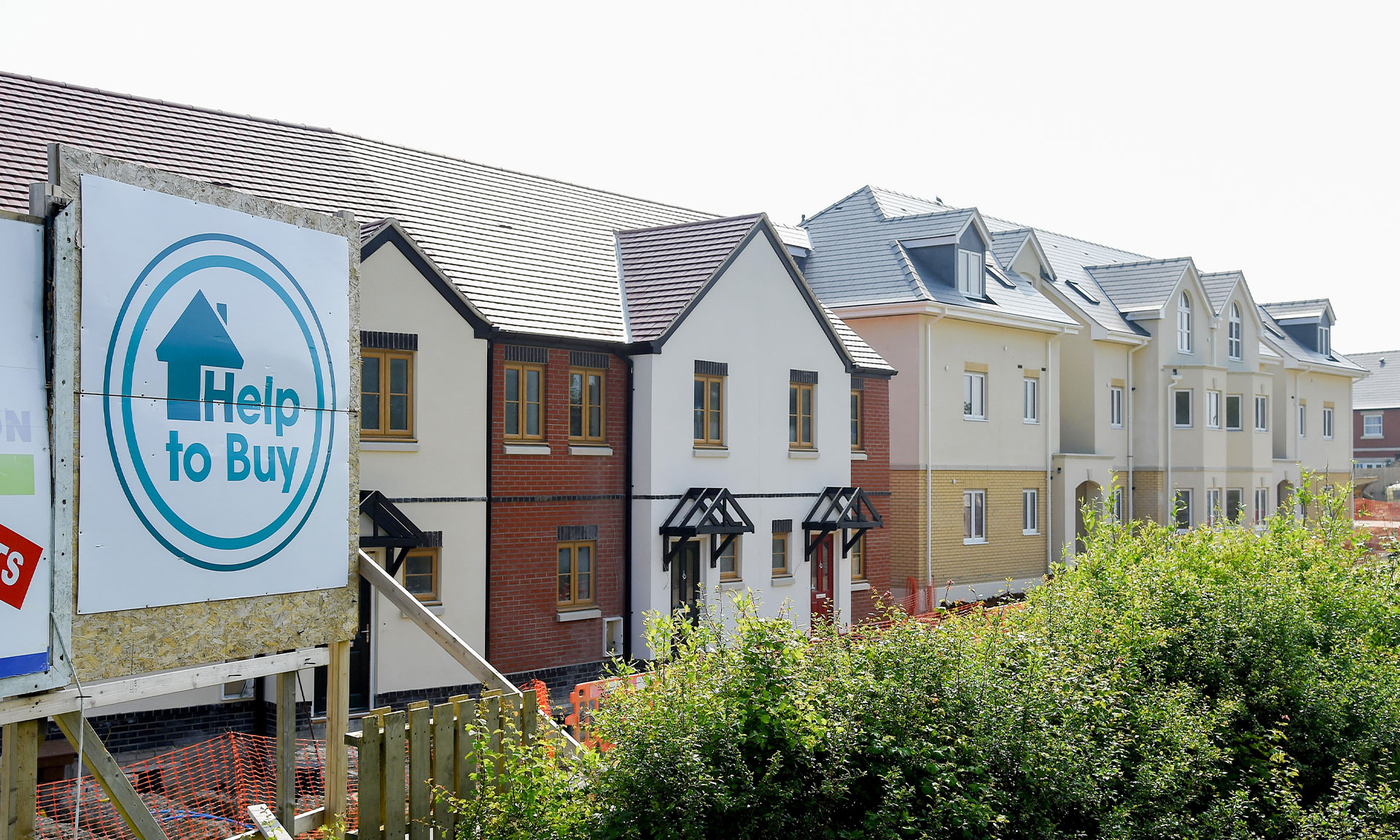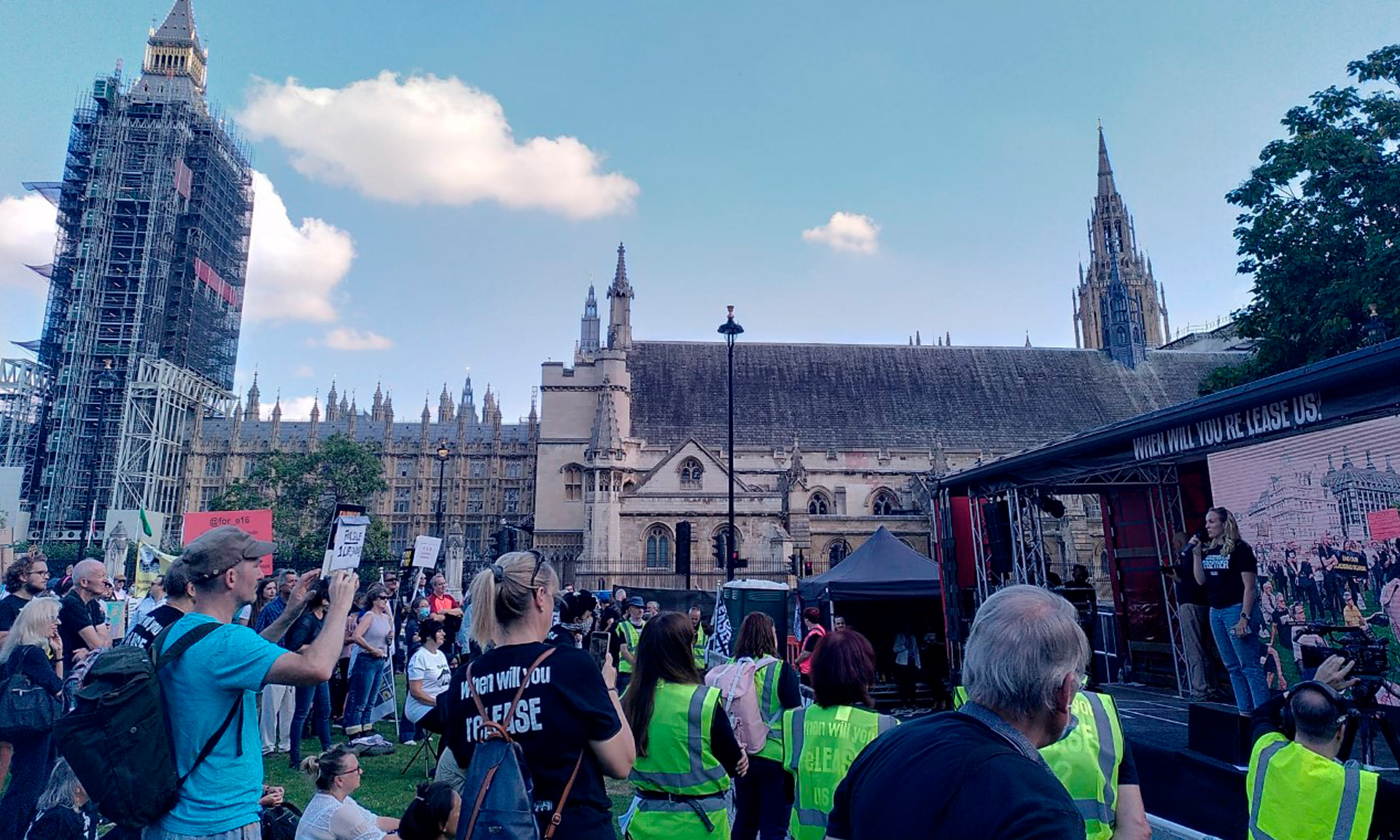
First-time buyers in England can now purchase a home under the new version of the Help to Buy equity loan scheme.
The scheme, which is set to run until the end of 2023, will now be limited to people buying their first homes.
Here, we analyse how the new rules work and offer advice on alternative ways of getting on to the property ladder.
What is the Help to Buy equity loan scheme?
The Help to Buy equity loan scheme was originally launched in April 2013. It allowed first-time buyers and home movers to purchase a new-build home with a 5% deposit.
Buyers could benefit from an equity loan of 20% of the property’s value (40% in London) and take out a mortgage for the remaining 75% (55% in London).
Between the scheme’s launch and the end of September 2020, 292,000 homes had been bought with an equity loan in England, with 82% of these going to first-time buyers.
This version of the scheme has now closed and been replaced by a new iteration of Help to Buy, which will run from today until the end of 2023.
How is the new Help to Buy scheme different?
There are two key differences between the old and new schemes.
First, the new scheme is limited to first-time buyers only (the old scheme was also available to existing homeowners).
Second, the new scheme comes with regional price caps, rather than the blanket £600,000 price cap that was previously in force.
The price caps are set at 1.5 times the average price paid by first-time buyers in each region of England in August 2018. This means the maximum prices in each area as follows:
| Region | Maximum price |
| North East | £186,100 |
| North West | £224,400 |
| Yorkshire & The Humber | £228,100 |
| West Midlands | £255,600 |
| East Midlands | £261,900 |
| South West | £349,000 |
| East of England | £407,400 |
| South East | £437,600 |
| London | £600,000 |
Why is Help to Buy changing?
There’s no doubt that the previous iteration of Help to Buy was hugely successful, but it has long faced allegations of inflating house prices.
Last year, a Which? investigation found that more than 5,000 Help to Buy properties had been resold at a loss, despite overall house prices rising significantly.
The scheme has also been accused of helping people who could have afforded to buy a house on the open market, rather than prioritising those who most needed the extra help.
The government’s most recent figures show that nearly a third (30%) of Help to Buy users to date had average household incomes of more than £60,000, while a further one in 10 (12%) had incomes of more than £80,000.
How equity loans work
If you’re thinking of using Help to Buy, it’s important to understand exactly how the equity loans work.
The loans are provided as a percentage of the property’s value rather than a set cash sum, so when you come to resell the home you’ll almost certainly repay a different amount to how much you originally borrowed.
For example, if you buy a £200,000 home with a 20% equity loan (£40,000), but then sell the property for £220,000, you’ll need to repay 20% of the sale value – so £44,000 rather than the £40,000 you originally borrowed.
It’s also vital to have a plan for how you’ll repay your equity loan if you don’t sell. Loans are provided interest-free for the first five years, but once interest kicks in it could add hundreds of pounds a year to your repayments.
How do I find a Help to Buy home ?
There are a number of ways you can search for Help to Buy homes.
As a first port of call, check the website of your regional Help to Buy agent, which should list properties in your area. Property portals such as Zoopla and Rightmove allow you to search for new homes, but don’t allow you to filter specifically by Help to Buy properties. Specialist new-build portals such as Share to Buy and What House? offer this function.
High-street estate agents sometimes include new-build homes in their listings, but you may have more joy searching for local developments online.
In February, we visited the websites of the five developers who sold the most homes under the old scheme (Barratt, Bellway, Persimmon, Redrow and Taylor Wimpey) and found they were all already advertising homes under the new iteration of Help to Buy.
Alternatives to Help to Buy
Help to Buy is very popular, but it might not be the right scheme for everyone. Here are some other options you might want to consider:
Help to Buy around the UK
Until recently, Help to Buy schemes were in operation in both Scotland and Wales.
The Scottish scheme closed to new applicants earlier this month. First-time buyers in Scotland can still benefit from the government’s First Home Fund and Low-cost Initiative for First Time Buyers.
Help to Buy (Wales) is still in operation. It allows both first-time buyers and home movers buying new-build properties to take out a 20% equity loan. The maximum price of homes sold under the scheme has been reduced from £300,000 to £250,000.



